Don't wanna be here? Send us removal request.
Text
JENTAYU ILLUSTRATION
I was still having some difficulties incorporating the anatomical structure of a bird, specifically for the wings. Therefore I decided to make some more research on it.
As I dive deeper into the research, I found this awesome resource on Animator's Notebook that broke it down.
The Anatomy of Bird Wings
Bird wings are made up of three main parts: primary, secondary, and tertiary feathers. These are crucial for understanding how birds stay in the air and move so gracefully.
Primary Feathers These are the long feathers at the tips of the wings, and they help the bird generate thrust, pushing it forward through the air.
Secondary Feathers Located closer to the bird’s body, these feathers help with lift—keeping the bird aloft and helping it stay steady in the air.
Tertiary Feathers These are the smaller feathers closer to the bird’s body and help with fine-tuning the bird’s flight, offering stability and support.

With this study, I incorporated these anatomical structure into my drawings.


0 notes
Text
In addition to working on the character turnaround for Garuda’s human form, I have also been developing the character design for Jentayu in the style of shadow puppetry. To stay true to the traditional puppet structure, I divided the body into five main parts: 1. Head 2. Neck 3. Body 4. Wings 5. Legs This segmentation allows for movement and flexibility, much like in real shadow puppets. However, the breakdown of smaller details, such as the separation of the lower beak, eyes, and pupils, is still under consideration. I am experimenting with different approaches to ensure the design remains functional while maintaining the intricate aesthetic of traditional shadow puppetry. Although the final breakdown is not yet complete, I am refining the details as I progress.

0 notes
Text
CHARACTER TURN AROUND
With the design officially approved, I decided to take it a step further by creating a humanized character turnaround. To ensure consistency, I developed a four-view rotation—front, side, three-quarter, and back—while drawing inspiration from the shadow puppetry character design I had previously created. By referencing my earlier work (as seen in the fifth image), I wanted to keep the traditional shadow puppetry feel while adjusting the details to create a more human-like version.





This is the finalized character design turn around.

0 notes
Text
ART STYLE DEVELOPMENT
After sharing my artwork with Mark, he suggested refining the design to better align with my personal style while still embracing the essence of shadow puppetry. Taking his advice, I decided to sketch out new ideas and reworked the design, ensuring it not only stayed true to the theme but also felt more cohesive with my artistic vision.


0 notes
Text
ART STYLE DEVELOPMENT
I began with tracing the character Seri Rama, inspired by the epic tale of Hikayat Seri Rama. The figure on the left is based on a shadow puppet from Malaysian Wayang Kulit Kelantan, a form of traditional shadow puppetry. While the visual style originates from Malaysia, it’s important to note that it’s also heavily influenced by Thailand. This is because Wayang Kulit Kelantan is practiced not only in the northeastern Malaysian state of Kelantan but also in the Patani region of southern Thailand.
The detailed artistry of Wayang Kulit Kelantan is beautiful, but I wanted to simplify the visual while still retaining the essence of the tradition. I aimed to give Seri Rama a more distinctive Malay traditional look while incorporating the influence of Wayang Kulit Kelantan’s style.
My first focus was on the headpiece, called Semutar. The Semutar is a traditional head wrap worn by men in Kelantan, typically made from cotton fabric. It's mainly worn by laborers, farmers, and those working in the paddy fields to shield their heads from the heat. This practical piece of clothing has become an iconic symbol of the region.
Along with the Semutar, Seri Rama is also dressed in a sampin. A sampin is a cloth worn around the waist as part of traditional Malay men's attire, adding a distinct and cultural touch to his overall look.

0 notes
Text
Experimenting on Visual Style Part 2/2
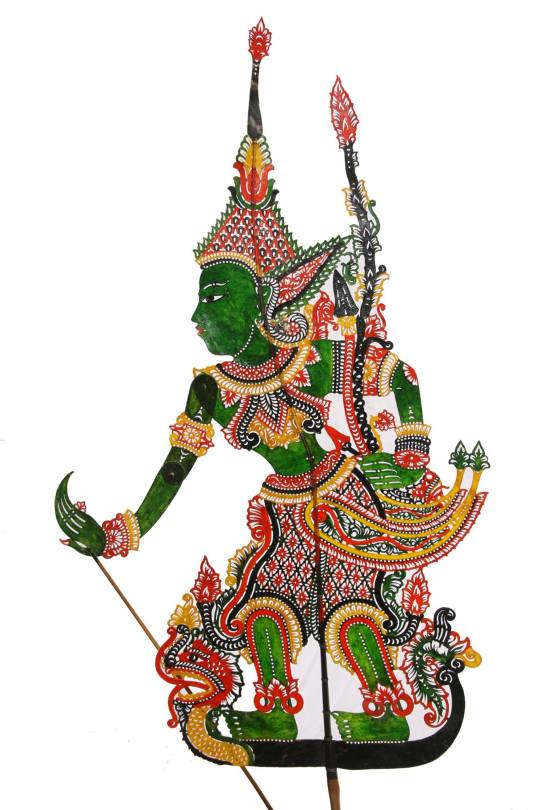

Source: Based from image description
With this in mind, I decided to explore the visual style of Malaysia’s shadow puppetry in greater depth, focusing specifically on Wayang Kulit Kelantan. To better understand its intricate design language, I began by tracing an image of Seri Rama, the main character based from the epic tales of Hikayat Seri Rama which is a Malay adaptation of the Hindu epic Ramayana that is played in the Wayang Kulit Kelantan performance. This process allowed me to study the patterns, forms, and stylistic details unique to the Kelantanese shadow puppet tradition.
To prepare for animation, I then separated the character’s forms and body parts for rigging purposes. The breakdown consisted of eight main components:
Head
Body
Arm (R, L)
Forearm (R, L)
Hand (R, L)
Thigh (R, L)
Leg (R, L)
Foot (R, L)
This segmentation ensured flexibility in movement while maintaining the authenticity of the Wayang Kulit Kelantan aesthetic.

Source: Based from image description
0 notes
Text
Experimenting on Visual Style Part 1/2
Two weeks after the course began, I had a discussion with Mark about the type of animation I wanted to create for my project. He suggested that cut-out animation could be a time-efficient approach in the long run. During ACT 2, I experimented with a character turnaround and explored draft ideas for Garuda’s human form.


I presented my work to Mark, and we had an in-depth discussion about the intricate details of the designs. He pointed out how the level of detail could affect the overall production process, particularly in terms of time and efficiency. Additionally, he highlighted the visual contrast between ACT 1 and ACT 2, noting that the differences could impact the cohesion of the animation. He suggested ways to refine the visuals to create a more unified and seamless look across both acts.
Wanting to explore potential directions, I decided to show Mark a shadow puppetry artwork I had created for a previous project. He responded positively, expressing a strong interest in the style. He found it visually striking and felt that it complemented the narrative more effectively, especially given my intention to incorporate Malaysian shadow puppetry culture into my animated film. His enthusiasm reinforced the idea that this aesthetic could enhance both the storytelling and visual appeal of my animation in both ACT 1 and ACT 2, leading me to consider how best to integrate it into my project.

1 note
·
View note
Text
Storyboard Progress - Toon Boom Storyboard


After my thumbnails were approved by Mark and Sara, I moved on to creating the storyboard and animatic using Toon Boom Storyboard. This was an exciting step in the process, as it allowed me to bring my ideas to life in a more dynamic and structured way.
To streamline the workflow, I exported the artwork I had initially created in the Procreate app and imported them into Toon Boom Storyboard. This transition allowed me to refine and organize the visual elements while adding movement and timing to the scenes. Using Toon Boom, I was able to experiment with the pacing of the shots and ensure that the storytelling flowed cohesively.
The combination of Procreate and Toon Boom Storyboard made the process both flexible and efficient. Procreate provided the freedom to sketch and design the visual components, while Toon Boom allowed me to structure those designs into a working animatic.

Here are a few animatic scene drafts I’ve created using Toon Boom Storyboard.
0 notes
Text
Storyboard Progress - Thumbnail






Source: Written in the image description
When it came to developing the storyboard for my project, I started with simple sketches of thumbnails to map out the flow of the narrative. The story is divided into two distinct acts. The first act focuses on a cutscene-style portrayal of the mythological conflict between Garuda and Jentayu, visually emphasizing the grandeur and drama of their story. The second act shifts to a more introspective tone, showing Garuda as a human figure walking through a dense, mysterious forest, confronting secrets and personal truths that drive the narrative forward.
To refine my ideas, I had detailed discussions with my mentors, Sara and Mark. Their feedback was invaluable. They provided insights into how camera angles could amplify the emotional depth of the scenes, making them resonate more strongly with the audience. They also added suggestions about composition and visual pacing, encouraging me to think about how the transitions between acts could feel seamless and engaging.
This collaborative process pushed me to think more critically about how the visuals could enhance the storytelling. Adjusting the camera angles and tweaking the flow of the storyboard based on their advice helped me create a more polished and impactful narrative framework.
0 notes
Text
Concept Arts Progress - Part 1


Source: Written in the image description
As the script progresses, I also decided to illustrate of how Jentayu and Garuda would look like based on the references that I've seen.


Source: Written in the image description
For the opening scene of my project, I decided to embrace the art style of shadow puppetry inspired by the traditional Wayang Kulit. This art form is deeply rooted in Malay culture and offers a unique visual aesthetic that perfectly complements the themes of my story.
Using Wayang Kulit as a reference, I tried incorporating the intricate patterns and bold silhouettes into my character designs, aiming to capture the elegance and cultural significance of this traditional characters.
The process of adapting these elements for animation was both challenging, as it required careful attention to detail while maintaining the authenticity of the art form.
1 note
·
View note
Text
Going Through Scriptwriting




Source: Written in the image description
After completing my initial writing drafts, I transitioned into scriptwriting to give the story more structure and clarity. During this phase, Sara provided valuable feedback, she pointed out that the plot might be too complex given the time constraints. She encouraged me to simplify and refine the narrative without losing its essence. Additionally, Mark took the time to discuss the visualization of the script with me, offering insights on how to align the narrative with visual storytelling.
Thanks to their constructive advice, I gained a deeper understanding of how to streamline my script while maintaining its core message. This process not only improved the script itself but also taught me how to approach scriptwriting properly. It was a good learning process.
0 notes
Text
Story Drafts (unofficial)

Source: Written in the image description
When drafting my narrative for the project, I relied on the structure of the narrative arc to guide my storytelling. The narrative arc, a foundational tool in storytelling, includes key stages: exposition, rising action, climax, falling action, and resolution.
This framework helped me structure the plot effectively. I used the exposition to introduce the mythical conflict between Jentayu and Garuda.


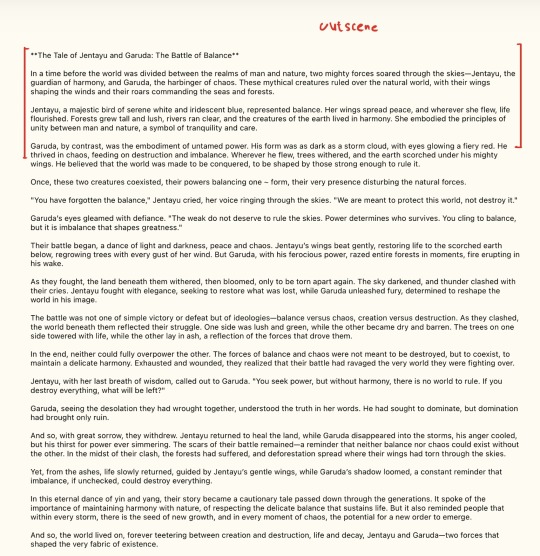
Source: Written in the image description
Here are a few early drafts that I’ve worked on as part of shaping the narrative arc for my short film. These drafts were pivotal in helping me refine the story's flow and explore the emotional depth of the characters. Each iteration allowed me to test different narrative approaches, ensuring that the plot aligns with the themes and overall message I aim to convey.
0 notes
Text
First Step - Brainstorming!



Source: Written in the image description
But of course, every journey starts with the first step. I brainstormed and drafted the themes that would allign with expectation of my project with Sara. The themes were as follows:
Culture Heritage and Preservation Focus: Highlighting the importance of preserving tradition, folklore and cultural in a modern/fantastical setting Environmental Conservation Focus: Themes surrounding nature, climate change or balance between humanity and nature. I also look into a few folklores that is well known in Malaysia. There were several that were very intriguing, however I found myself immersed to the tale of Garuda and Jentayu.
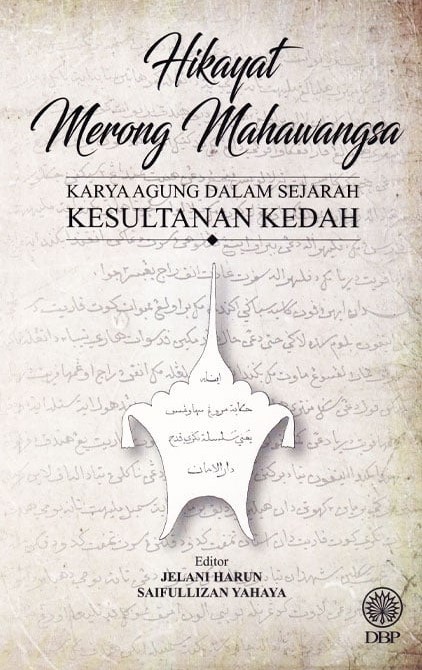
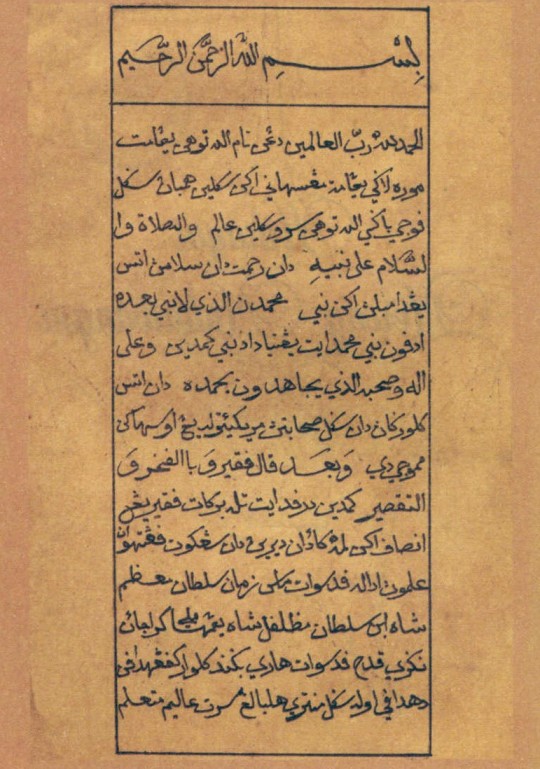
Source: Written in the image description
In the historical document writings of ancient Malay folklore, Hikayat Merong Mahawangsa, two extraordinary mythical birds are highlighted: Jentayu and Garuda.
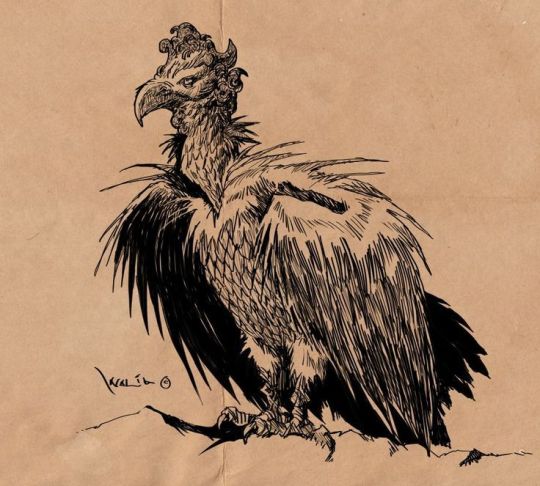
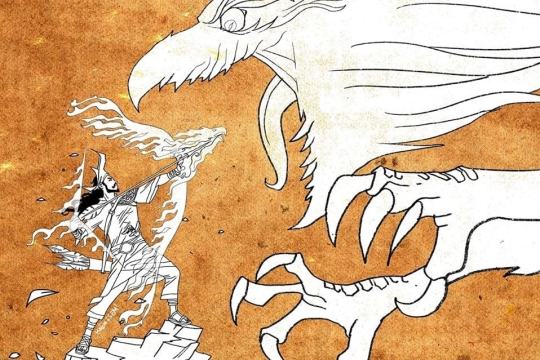
Source: Written in the image description
Jentayu is portrayed as humble, kind, and self-reliant, while Garuda is fiery-tempered and driven by worldly desires. These contrasting traits make them natural adversaries. Jentayu allies with the hero, Merong Mahawangsa in Rome, transforming into a magical arrow to serve as his protective weapon.
While the book positions Jentayu and Garuda as secondary characters, I was drawn to their contrasting personalities and the underlying themes they represent. These mythical birds became a fascinating point of inspiration, which naturally found a place in my project. Their story felt too meaningful to overlook, and I wanted to explore their dynamic further through my work.
0 notes
Text
Ideas and Inspiration - How it all started?


Source: Written in the image description
In one of our earliest classes, we were asked to present 10 things we liked. As a proud Malaysian, I included several elements that resonate deeply with my cultural heritage. My presentation featured Malaysia's folklore, cultural themes, traditional music, and Wayang Kulit, also known as shadow puppetry in Malaysia.
Reflecting on this, I came to realize the challenges surrounding the preservation of Wayang Kulit in Malaysia. It struck me how vital it is to ensure this art form remains relevant in a rapidly changing world. This inspired me to consider how animation could serve as a powerful medium to breathe new life into this tradition.
From this reflection, the idea of creating a folklore-inspired animation using the shadow puppetry style emerged. Through this animation project, I aim to celebrate and reinterpret Wayang Kulit, in addition on blending tradition with modern storytelling to preserve its cultural significance for future generations.
0 notes
Text

Hi, and welcome to my research and reflection blog for 2024-2025.
The primary goal of this blog is to document and share the research, development, and reflections surrounding my animated short film, The Tale of Garuda and Jentayu.
This space will serve as a platform to explore the key themes, cultural inspirations, and creative processes behind the project. At this stage, I aim to present early research into relevant topics such as Malaysia's cultural heritage, Wayang Kulit (shadow puppetry), and environmental symbolism. Additionally, I will highlight important factors to consider in the storytelling process, showcase practice work and visual development, including mood boards, and share reflections on how these elements shape the narrative and aesthetics of the project.
By documenting my journey, I hope to not only refine my creative vision but also foster a deeper appreciation for cultural storytelling through my animation.
5 notes
·
View notes